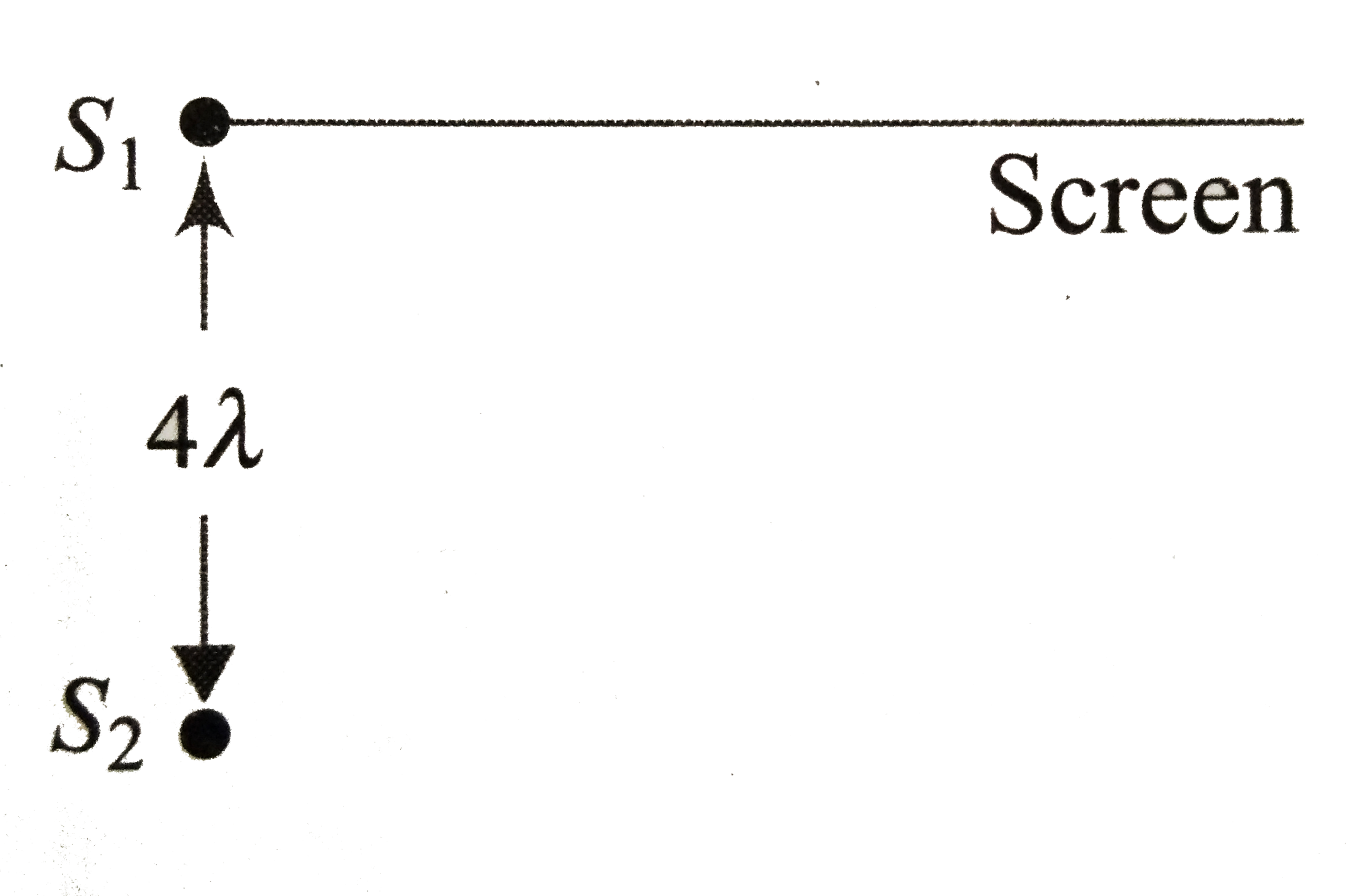Explain why two flashlights held close together do not produce an interference pattern on a distant screen?
The light form the flashlights consists of many different wavelengths (that is why it is white) with random time difference between the light wave, therefore there is no coherence between the two sources, and no possibility of an interference pattern.
Topper's Solved these Questions
- WAVE OPTICSBOOK - CENGAGE PHYSICS ENGLISHCHAPTER - WAVE OPTICSEXERCISE - Exercise 2.2
22 Videos
- WAVE OPTICSBOOK - CENGAGE PHYSICS ENGLISHCHAPTER - WAVE OPTICSEXERCISE - Subjective
11 Videos
- WAVE OPTICSBOOK - CENGAGE PHYSICS ENGLISHCHAPTER - WAVE OPTICSEXERCISE - Solved Examples
10 Videos
- SOURCES OF MAGNETIC FIELDBOOK - CENGAGE PHYSICS ENGLISHCHAPTER - SOURCES OF MAGNETIC FIELDEXERCISE - single correct Ansewer type
12 Videos
Similar Questions
Explain why liverworts lie close to the ground.
View SolutionMonochromatic light from a narrow slit illuminates two parallel slits producing an interference pattern on a screen. The separation between the two slits is now doubled and the distance between the screen and the slits is reduced to half. The fringe width
View SolutionStatement I: For the situation shown in figure two identecal coherent light sources produce interference pattern on the screen. The intensity of minima nearest to S1 is not exactly zero.

Statement II: Minimum intensity is zero, when interfering waves have same intensity at the location of superposition.
View SolutionExplain why some planets do not have atmosphere.
View SolutionIn a Young's double slit experiment, light of 500 nm is used to produce an interference pattern. When the distance between the slits is 0.05 mm, the angular width (in degree) of the fringes formed on the distance screen is close to:
View SolutionWhy don't we hav interference when two candles are placed close to each other and the intensity is seen at a distant scree? What happens if the candles are replaced by laser sources?
View SolutionExplain why the planets do not twinkle?
View SolutionTwo slits spaced 0.450nm apart are placed 75.0 cm from a screen. What is the distance between the second and third dark lines of the interference pattern on the screen when the slits are illuminated with coherent light with a wavelength of 500nm?
View SolutionIn Young's double slit experiment, if the two slits are illuminated with separate sources, no interference pattern is observed because
View SolutionIf an interference experiment is performed using two wavelengths close to each other, two interference patterns corresponding to the two wavelengths are obtained on the screen. The frings system remains distinct up to a point on the screen where the nth order maximum of one wavelength falls on the nth order minimum of the other wavelength. Suppose in Young's double sit experiment, sodium light composed of two wavelengths λ1andλ2 close to each other (with λ2 greater than λ1) is used. The order n, up to which the fringes can be seen on the screen, is given by
View Solution